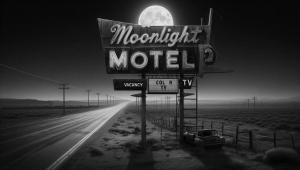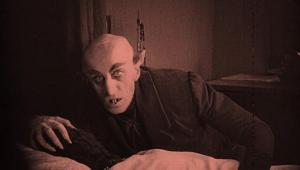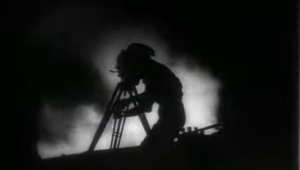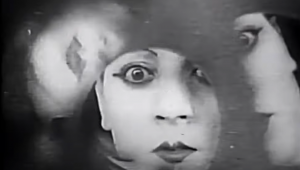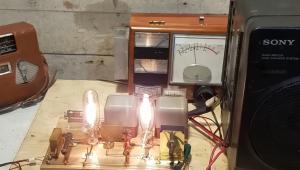The Analog Sunset

Blu-ray players are changing — and your HDTV might not like it. However, if your TV has an HDMI input, and it’s HDCP-compliant, you don’t need to read any further. You have nothing to worry about. This article doesn’t concern you. Put down the magazine and do something else just as constructive, like, oh, I don’t know — how about you go check your car’s windshield-washer fluid. . .?
If your TV doesn’t have an HDMI input, however, I’ve got some bad news for you. Because you dearly love your TV, and since you were probably an early HDTV adopter and paid big bucks for it, I’ll put this as gently as possible: Your TV is a piece of junk, and even the garbage pickup guys will refuse to haul it away.
Newer HDTVs have HDMI (or DVI) inputs that support HDCP copy protection. But many older HDTVs — the number is estimated at 3 million — do not. They only have analog inputs. Until now, that’s been only a mild inconvenience. Using a Blu-ray player’s component-video analog output, you can still enjoy a HD-quality picture. Digital video data (as over an HDMI cable) is reliably better than an analog signal. But analog is comforting because it’s ubiquitous; no matter what kind of equipment you have, you can always figure out some kind of analog hookup. That’s about to change. Analog video signals are scheduled for obsolescence.
In Blu-ray players, the output video signal passes through an Advanced Access Content System (AACS) circuit. The people who license AACS have a couple of New Years surprises for you. First, starting January 1, 2011, companies cannot manufacture new models with component-video analog outputs with resolution greater than SD interlace (480i or 576i). This applies to all analog video signals decrypted through AACS.
Second, beginning January 1, 2014, new licensed players won’t be allowed to output any analog content. Euphemistically, it’s being called the “analog sunset.” More practically, it’s one of those deals where there’s not much upside for consumers.
The reason for the sunset is that it’s easy to copy content on an analog line and relatively harder to copy on a protected digital line. Ironically, though, AACS has already been broken, so this planned obsolescence will frustrate far more consumers than pirates. Still, phasing out analog is comforting for content owners because it’s always been the conspicuous sieve in their security. It’s also good for equipment manufacturers because it helps “retire” obsolete older equipment. But it’s not so good for anyone who paid good money for that equipment.
Oh, I know what you are thinking: Sure, my gear will be obsolete, but I will just hunker down with my analog-connected Blu-ray player and HDTV and keep using them. They can pry my analog signals out of my cold, dead hands. I admire your tenacity. I really do. The problem is, AACS has another New Years surprise. After December 31, 2010, content providers can down-rez any Blu-ray HD analog output they want to, regardless of the player’s manufacture date, on a disc-by-disc basis, by enabling an Image Constraint Token (ICT). The ICT is designed to plug the “analog hole.” In particular, when the ICT flag is enabled on a Blu-ray Disc, the player will disable HD over the component-video analog output and only output SD video. This would ensure that HD only runs through copy-protected HDMI ports. In other words, depending on which disc you’re watching, your perfectly good HD Blu-ray/HDTV setup may only be good for SD.
Here’s what you should do. If you have a Blu-ray player and an HDTV with HDCP-compliant HDMI output/input, make sure you’re using that connection. All of this will be moot. If you absolutely only have an analog connection and don’t want to buy new gear, your only recourse is to vote with your wallet. Don’t buy Blu-ray titles that have the ICT flag enabled; they’ll only give you SD, and by not buying them, you can at least voice your displeasure.
The other thing you can do is this: Have a Happy New Year. In low-rez.
- Log in or register to post comments
